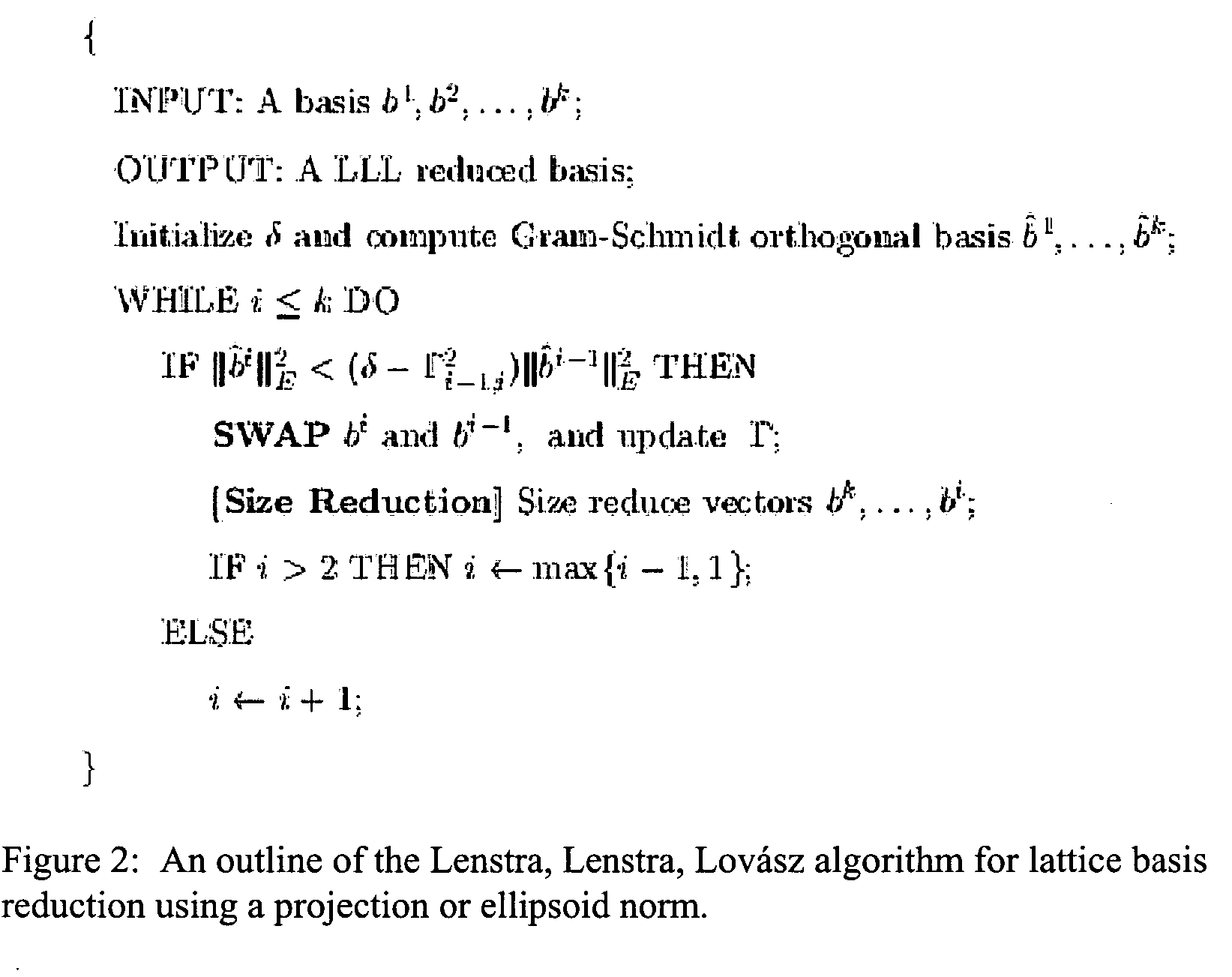Generalized branching methods for mixed integer programming
a branching method and programming technology, applied in the field of mathematical programming and optimization, can solve the problems of inefficient computing system not being able to generate desirable, inability to complete enumeration efficiently, and inability to solve infinite integer programming problems
- Summary
- Abstract
- Description
- Claims
- Application Information
AI Technical Summary
Benefits of technology
Problems solved by technology
Method used
Image
Examples
Embodiment Construction
[0052] The following detailed description utilizes a number of acronyms and symbols which are generally well known in the art. While definitions are typically provided with the first instance of each acronym, for convenience, Table 1 below provides a list of acronyms and abbreviations used herein along with their respective definitions.
[0053] The present invention provides improved methods for the solution of mixed integer programming problems. Specifically, the present invention provides a methodology for computing the branching hyperplane or half-spaces in the original space, without problem reformulation, for a generalized-branch-and-bound algorithm. This methodology is developed using a concept of an integral adjoint lattice basis and a kernel lattice basis or a dual lattice basis. Moreover, the present invention provides techniques for using an integral adjoint lattice basis for computing cutting planes for a more refined generalized branch-and-cut method. Using the kernel lat...
PUM
 Login to View More
Login to View More Abstract
Description
Claims
Application Information
 Login to View More
Login to View More - R&D
- Intellectual Property
- Life Sciences
- Materials
- Tech Scout
- Unparalleled Data Quality
- Higher Quality Content
- 60% Fewer Hallucinations
Browse by: Latest US Patents, China's latest patents, Technical Efficacy Thesaurus, Application Domain, Technology Topic, Popular Technical Reports.
© 2025 PatSnap. All rights reserved.Legal|Privacy policy|Modern Slavery Act Transparency Statement|Sitemap|About US| Contact US: help@patsnap.com



